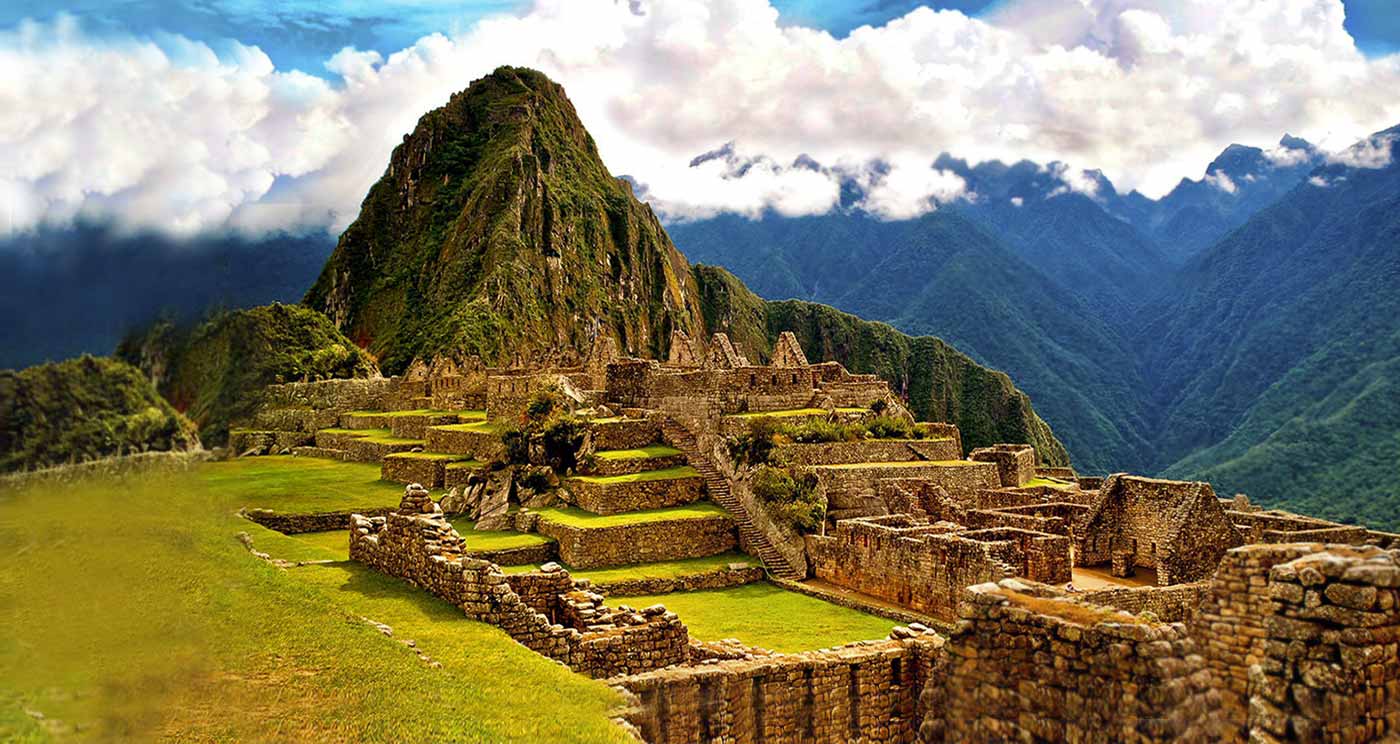The best tourist attractions in Machu Picchu
Huayna Picchu
Huayna Picchu which in Quechua means “Young Mountain”, is next to the Machu Picchu Mountain (Old Mountain) from here you have a wonderful panoramic view of Machu Picchu ruins, this is an amazing experience you ever had.
We suggest to climb the Huayna Picchu during the dry season is from April/May to October. If you decide to climb another month, you have to be prepared for lots of rain and possibly blocked roads.
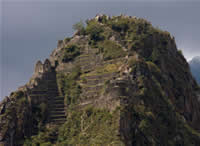
Inca Trail
The Inca trail is the most famous trek in South America; in just 26 miles (43km) you can enjoy the amazing Mountain View, the cloud-forest, and the stunning of Inca paving stones, on the way. The final destination of the trail is Machu Picchu, the “Lost City of the Incas”; all the tourist gets up early in the morning to se the sun rise and visit the ruins.
To join the Inca trail trek you have to buy a tour with a travel agency and bring the necessary equipment, we suggest to get the entrance tickets to the Inca trail in advance because there are limit spots per day.
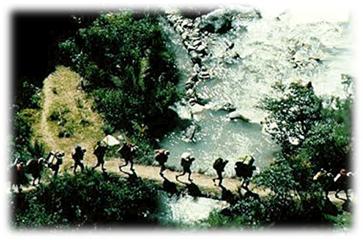
Gate of the Sun
Inti punku which in Quechua means “Sun Gate”, is the famous gate that is on the Inca Trail that connects with Machu Picchu. From here is a beautiful view of the Machu Picchu Mountain, the tourists enjoy The Inca trail and of course the last day is the most interesting because this date they get up early in the morning to see the sunrise and visit Machu Picchu.
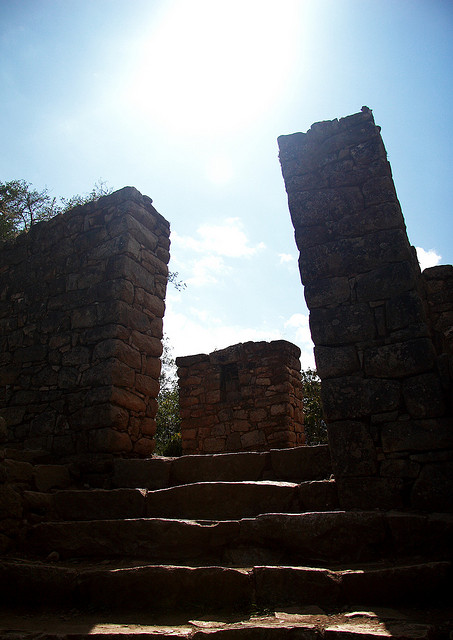
Temple of the Sun
The Temple of the Sun was used to honor and celebrate the Inti, Which means “The Sun,” an important Incan deity. When the sun of the winter solstice enters through the central window, it falls directly on the large ceremonial stone.
At sunrise during the summer solstice, the sun’s rays flood through the window and illuminate the tower with a precision only the Incas could have executed. Although access inside the temple is not permitted, the outside architecture is spectacular in and of itself.
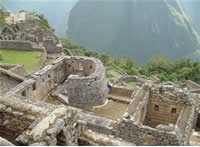
Wiñawayna
Wiñay Wayna is an Inca site , closed to Machu Picchu, on an high mountain overlooking the Urubamba River. The name Wiñay Wayna was subsequently given to the ruin by the eminent Peruvian archaeologist, Dr. Julio C. Tello.
A large area of massive agricultural terraces lies just north of the complex. The site’s amazing nature, ITS positioning near the Inca Important access road, and the investment Represented by it’s architecture Suggests it a place of Some Importance During The Incas time.
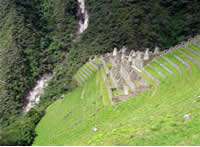
Temple of the Three Windows
The temple of the three windows is in the royal sector, where the Inca Pachacuteq may have stayed alongside other members of the nobility.
The Construction in this sanctuary is particularly long with heavy rocks more than 3 tons; this is a characteristic of the Incas architecture.
The Temple of Three Windows, together with the Principal Temple and the Intihuatana, make up what Bingham called the Sacred Plaza.
He believed that the three windows framing the distant mountains – previously five in total – represented the three mythological caves from which the Ayar brothers “children of the sun” stepped into the world.
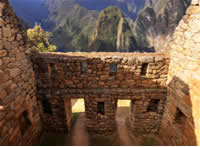
The Intihuatana Stone
The Intihuatana Stone – along with the rest of Machu Picchu – was built by the Inca, pre-Columbian South America’s most advanced civilization. The city was rediscovered in 1911 by American archaeologist Hiram Bingham.
For the Incas the Intihuatana was a ritual stone and it would have probably been used as a kind of clock or calendar.
The Intihuatana Stone is one of three key archeological treasures in Machu Picchu – alongside the Temple of the Sun and the temple of the Three Windows – at the spectacular Inca city fortress. It has been described as the “heart of Machu Picchu.”
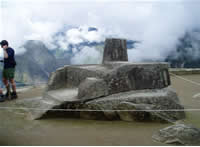
Moon Temple
The temple of the moon in located at the Half-way down the Inca Road from Machu Picchu on the mountain called Huayna Picchu lies the Temple of the Moon. The Temple covers the entire landscape of Huayna Picchu and consists of a set of architecturally enhanced caves, most likely used to hold mummies of important Inca ancestors and provide places for their worship. More stonework embellishes the walls of these caves, some of which are decorated with altars carved into the rock.
